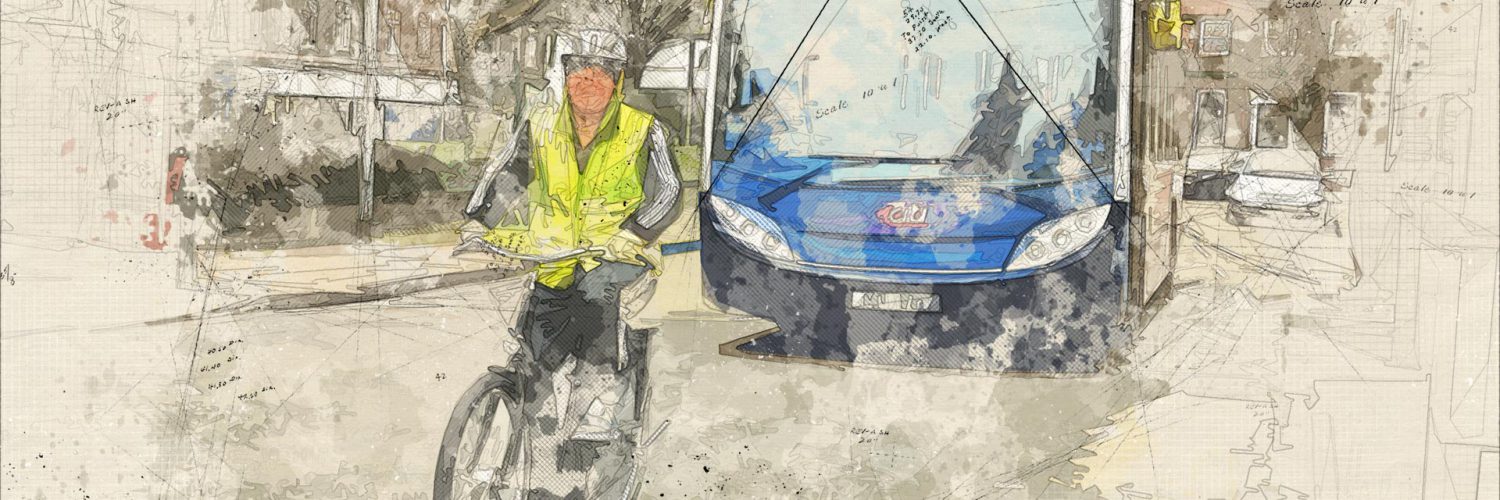Clean air. Who’s going to argue against that? None of us wants to breathe in dirty, life-shortening air.
The figure of 47 deaths per year attributable to air pollution locally, cited recently on Cambridge Independent’s front page, glosses over an important point: it’s not that 47 other people will die; it’s that we, our families and friends all have an increased risk of developing asthma, heart disease or cancer, and dying prematurely. That figure also underestimates the current situation, as it’s based on old data and doesn’t take into account all pollutants.
Greater emphasis on clean air is an important step forward for the City Deal. Introducing a Clean Air Zone is a sensible way of organising action and raising public awareness of the risks of pollution. But how do we ensure change is meaningful and rapid?
The Clean Air Zone mustn’t simply be a repackaging of current plans. We need to radically reduce the number of motor, especially diesel, vehicles driving around Cambridge, not just in the city centre but also on the routes in and out of the city, and in residential areas.
Doing nothing is not an option if we care about our health. We need to accept and support change.
For an effective Clean Air Zone we have to quickly, through well informed public debate, work out which options we want in Cambridge. Options include charging vehicles so ‘the polluter pays’; restricting access for vehicles; prioritising space for people walking and cycling; speeding up a shift to all-electric public transport and delivery vehicles; filling public transport gaps, for schools and rural areas; rationalising delivery services to use fewer vehicles or bikes for last-mile delivery; and so on.
Because pollution is invisible in Cambridge (unlike Beijing or Delhi), it’s easy to pretend it’s not here. Road-side displays of current pollution levels would be one way we could change this and build support for the Clean Air Zone.
Solving our transport challenges is literally a matter of life and death. Let’s get on with it.
This article was first published in the Cambridge Independent on 25 January 2017.



Add comment